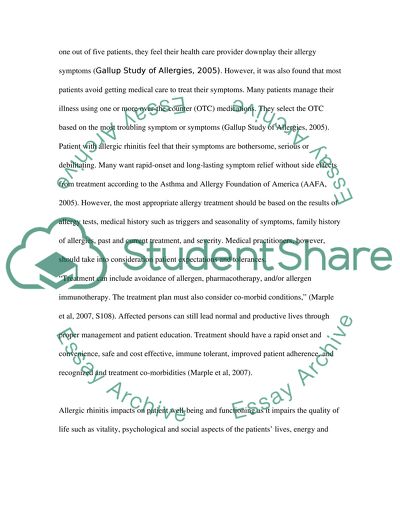Cite this document
(“Allergic Rhinitis Essay Example | Topics and Well Written Essays - 3500 words”, n.d.)
Retrieved from https://studentshare.org/health-sciences-medicine/1413600-5000-word-patchworkt-text
Retrieved from https://studentshare.org/health-sciences-medicine/1413600-5000-word-patchworkt-text
(Allergic Rhinitis Essay Example | Topics and Well Written Essays - 3500 Words)
https://studentshare.org/health-sciences-medicine/1413600-5000-word-patchworkt-text.
https://studentshare.org/health-sciences-medicine/1413600-5000-word-patchworkt-text.
“Allergic Rhinitis Essay Example | Topics and Well Written Essays - 3500 Words”, n.d. https://studentshare.org/health-sciences-medicine/1413600-5000-word-patchworkt-text.


